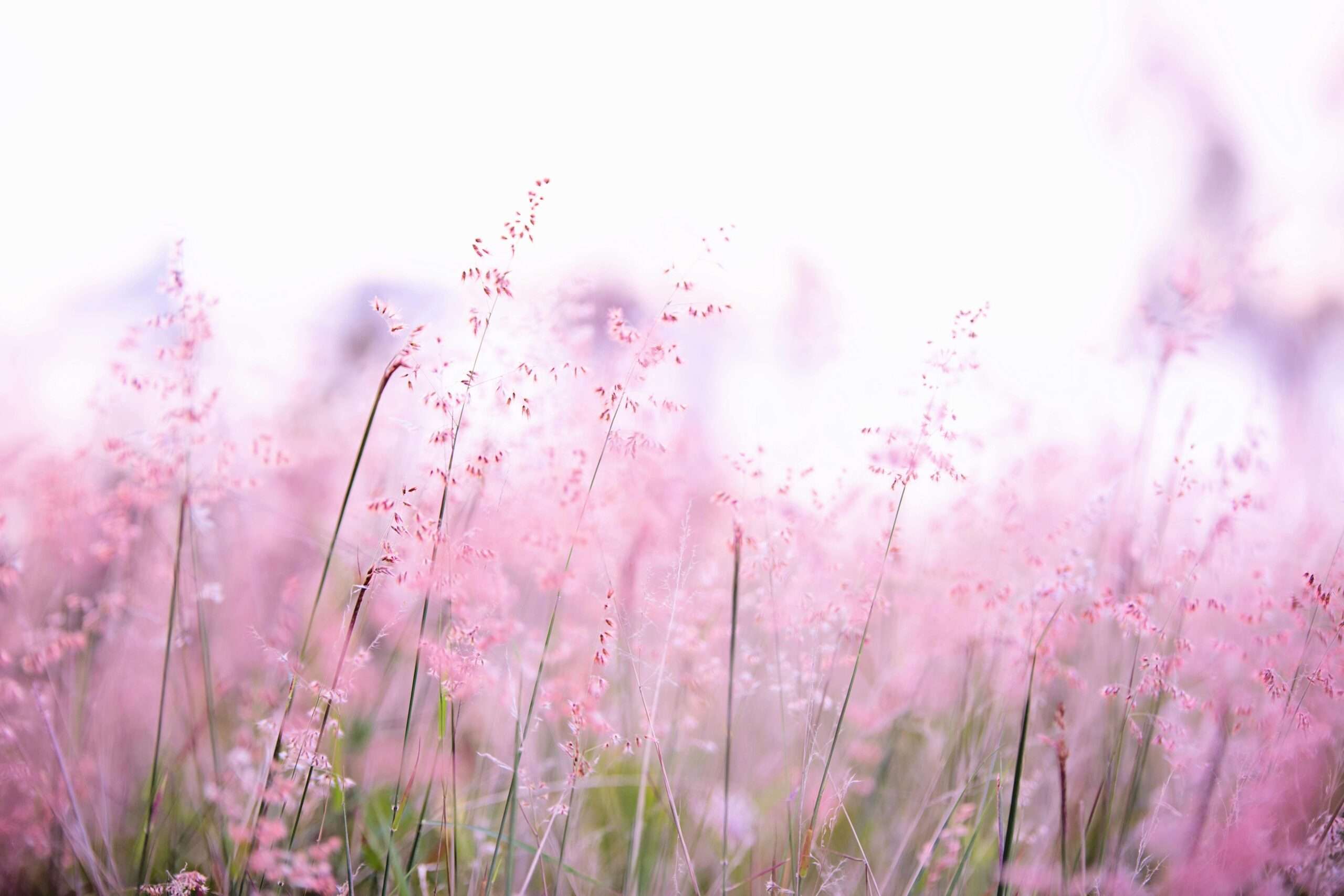What is Hay Fever?
Hay fever, or allergic rhinitis, is a common condition that causes itching, watery eyes, sneezing, congestion, and a runny nose. It is unfortunately un-curable but you can relieve the symptoms. Hay fever is an allergic reaction caused when the body comes into contact with environmental allergens such as pollen & dust. While these symptoms can be frustrating, understanding your specific hay fever triggers is key to effective management of the condition.
By understanding your triggers, you can take proactive steps to minimise exposure and enjoy a better quality of life. Let’s dive in!
Common Hay Fever Allergens
There are a wide range of allergens that your body can react negatively and produce an allergic reaction. Some examples are:
Pollen
Pollen is a fine powder produced by plants to fertilise other plants and is one of the main culprits of hay fever. When pollen is released in the air, it can be inhaled and can trigger an allergic reaction.
There are 3 main types of pollen that can cause hay fever:
- Tree pollen
-
- – Released in early spring, often from trees like birch, oak, and hazel.
-
- Grass pollen
-
- – Prevalent in late spring and early summer, primarily from grasses like ryegrass and meadow grass.
-
- Weed pollen
-
- – Released from late summer to early autumn, commonly from ragweed and nettle.
-
Mould
Mould, unlike pollen, can be found both indoors & outdoors. This is another common allergen that can trigger an allergic reaction, leading to similar symptoms as pollen allergies. Mould thrive in damp, humid environments.
Mould can be found indoors in places such as:
- – Bathrooms
- – Kitchens
- – Basements
- – Attics
- – Carpets
- – Upholstery
Outdoor mould can be found in places such as:
- – Soil
- – Compost piles
- – Decaying leaves
- – Haystacks
Pet Dander
Pet dander is another common trigger. The reaction is in fact caused by the tiny flakes of skin shed by the animal instead of the fur itself. These minute particles can linger in the air and on surfaces, causing irritation for those who suffer with allergies.
Any pet can produce dander that can trigger allergies. The most common are cats and dogs, but other animals such as rodents, birds, and even reptiles can trigger allergies in some people.
Dust Mites
Dust mites are microscopic creatures that thrive in warm, humid environments. They feed on dead skin cells and their waste products are a common allergen. While they don’t bite or transmit diseases, they can trigger allergic reactions in many people.
Dust mite allergies tend to be year-round, as opposed to seasonal allergies like hay fever. Symptoms are often worse in the bedroom, as dust mites love mattresses, pillows, and bedding.
To reduce exposure to dust mites, consider doing the following:
- – Encase your mattress, pillows, and box spring in dust-proof covers.
- – Wash bedding in hot water (at least 54°C) weekly.
- – Vacuum regularly, especially carpets and rugs.
- – Choose hardwood floors or tile instead of carpets.
- – Keep humidity levels in your home below 50%.
- – Use allergen-reducing air filters.
Identifying Your Triggers
It is difficult to find the exact cause of your allergies, but it is essential to effectively manage your symptoms long-term. There are a few ways this can be done.
Symptom Tracking
Keeping a symptom diary is an effective method.
- Dates and times of symptoms: When do your symptoms start and end?
- Severity of symptoms: How intense are your symptoms (mild, moderate, severe)?
- Potential triggers: What activities or environments seem to worsen your symptoms?
- Medication use: Track which medications provide relief and how effective they are.
Allergy Testing
If you’re struggling to identify your triggers, allergy testing can provide valuable insights. A few types of allergy test are:
Lifestyle Factors That Can Help
DO
- – Apply petroleum jelly (such as Vaseline) around your nostrils to trap pollen.
- – Wear wraparound sunglasses, a mask, or a wide-brimmed hat to protect your eyes and nose.
- – Shower and change clothes after spending time outdoors to remove pollen.
- – Keep windows and doors closed as much as possible.
- – Vacuum regularly and dust with a damp cloth.
- – Use a pollen filter in your car’s air vents and a HEPA filter in your vacuum cleaner.
DONT
- – Do not cut grass or walk on grass
- – Do not spend too much time outside
- – Do not keep fresh flowers in the house
- – Do not smoke or be around smoke – it makes your symptoms worse
- – Do not dry clothes outside – they can catch pollen
- – Do not let pets into the house if possible – they can carry pollen indoors
Some factors can worsen your hay fever:
- Smoking: Both active and passive smoking can irritate the nasal passages and worsen allergy symptoms.
- Pollution: Exposure to air pollution can increase inflammation and exacerbate hay fever.
- Stress: High levels of stress can weaken the immune system and make you more susceptible to allergies.
- Diet: While there’s no definitive evidence, some people believe that certain foods can worsen allergy symptoms. It’s essential to identify any potential food triggers through a food diary.
- Lack of sleep: Insufficient sleep can weaken the immune system and make you more prone to allergies.
To Conclude
Hay fever can be a real nuisance, but understanding your triggers is key to managing its symptoms. By making lifestyle changes and considering available treatments, you can significantly improve your quality of life.
Pharmacy Advance offers a range of hay fever relief options. Visit us in-store or online to find the right solution for you.


